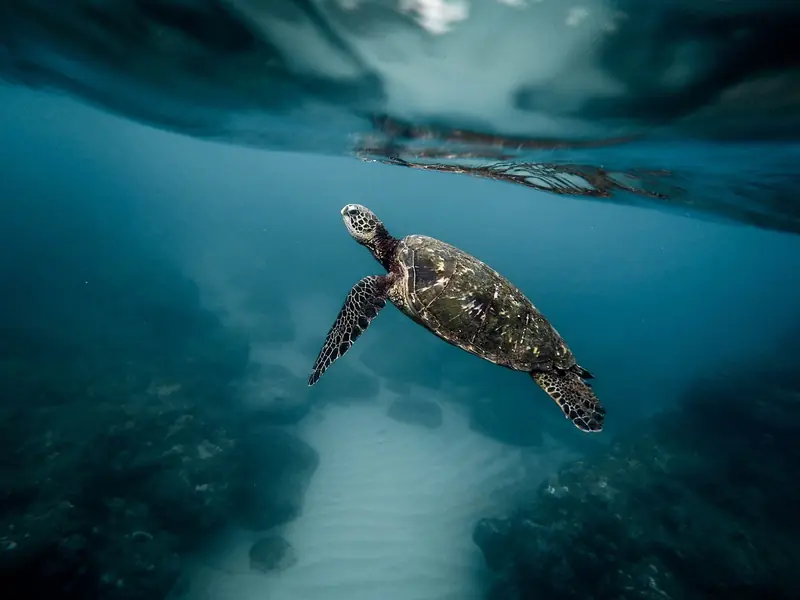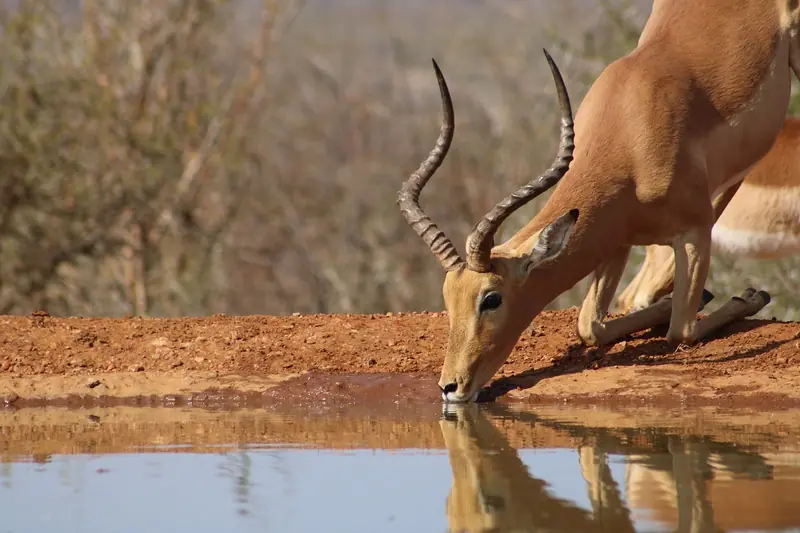Human activity poses a significant threat to the survival of these animals. Migratory species are particularly affected by deforestation, construction, pollution, habitat loss, and, of course, the climate crisis. The United Nations has reported on the dangers facing migratory animals, referencing a recent report titled “The State of Migratory Species in the World,” published by the Bonn Convention, or the Convention on the Conservation of Migratory Species of Wild Animals (CMS). According to the convention’s report, 22 percent of the planet’s migratory animal species are at risk of extinction, while populations of 44 percent of these species are continuously declining. The authors of the report utilized data from organizations such as BirdLife International, the International Union for Conservation of Nature (IUCN), and the Zoological Society of London (ZSL). “The current report clearly shows us that human activities are jeopardizing the future of migratory species,” stated Inger Andersen, Executive Director of the UN Environment Programme.
Facts and Figures
Every year, billions of animals embark on migratory journeys across land, rivers, oceans, and skies. They cross borders and continents, with some traveling thousands of kilometers around the globe to feed and breed. Migratory species play a crucial role in maintaining global ecosystems; they pollinate plants and transport nutrients. Of the 1,189 animal species recognized by the CMS as needing international protection, 260 (22 percent) are at risk of extinction, and 520 (44 percent) are experiencing population declines. Among the 260 endangered species, 68 are in the most critical condition, as documented in the IUCN Red List.
Earth’s Unique Fauna at Risk
The hawksbill turtle is among the species facing extinction. This remarkable creature, known for its sharp beak and vibrant serrated shell, migrates through the world’s tropical waters. Historically, humans have hunted this species, as reported by the Daily Mail.

Conservationists are particularly concerned about the plight of fish, including sturgeons, rays, and sharks. Overall, 97 percent of all fish species listed by the CMS are at risk of extinction. The hammerhead shark, which migrates through deep waters until it reaches adulthood, is at the highest risk. Poachers target it for its valuable fins.
On land, the spiral-horned antelope, which inhabits the Sahara Desert, requires increased protection. According to the report, many animals’ migrations are hindered by man-made barriers such as bridges and roads. These physical obstacles reduce the chances of successful migration and, consequently, the survival of individuals. Non-physical barriers resulting from industrial development and shipping also pose “huge obstacles for migratory populations.”

Other factors contributing to species extinction include pollution from pesticides, plastics, and heavy metals, light pollution, and underwater noise.
The Convention on the Conservation of Migratory Species of Wild Animals (CMS) is an international agreement signed in 1979 in Bonn, Germany. The convention aims to protect migratory species traveling by land, sea, or air, as well as their habitats along migration routes.
